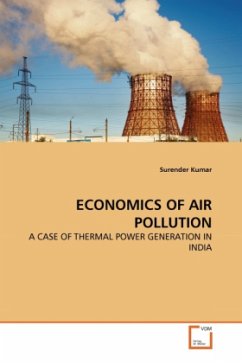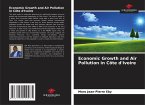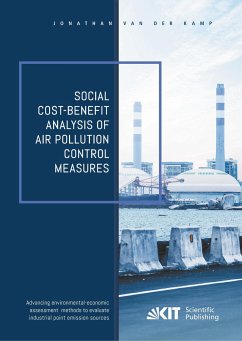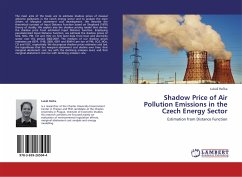This study provides methods for empirical application of cost-benefit analysis in the projects of industrial pollution abatement. For the measurement of marginal abatement costs of pollution, output distance function is used as an analytical tool. This function requires only quantities of inputs and outputs, and not price information, this property makes it in environmental economics of immense value. Further, both stochastic and deterministic approaches are used for estimation of distance function. Benefits of abatement of pollution are measured with both the techniques - indirect and direct methods. In this study, thermal power sector is taken as in illustration. It is found that marginal abatement costs differ across the plants and there is negative association between environmental regulations and production efficiency. On the measurement of benefits of abatement, the difference between the direct and indirect methods proposed by economic theory is approved; people are willing to pay for environmental improvement in India. This study suggests the application of economic instruments in combination of CAC policy with caution.
Bitte wählen Sie Ihr Anliegen aus.
Rechnungen
Retourenschein anfordern
Bestellstatus
Storno








